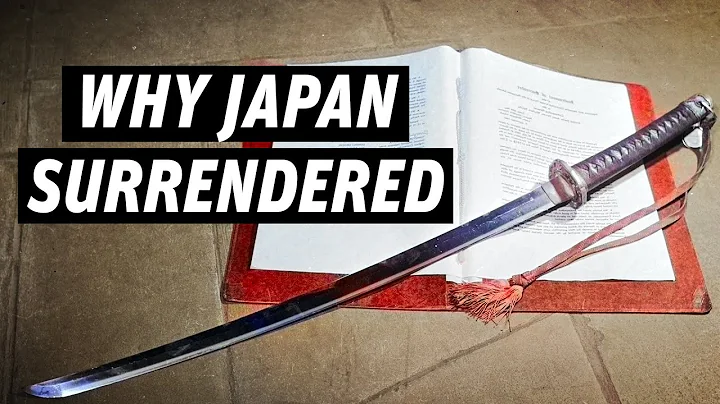In the early days after the Pacific War broke out, the Japanese Navy did have the upper hand, the U.S. Pacific Fleet was crushed to death. However, due to the huge disparity in national power, the Japanese Navy was complacent for a while, and then it deeply felt how important national power was. On December 7, 1942, the Japanese navy launched a sneak attack on the U.S. Pacific Fleet base "Pearl Harbor" and declared war on the United States, and the Pacific War broke out.

On the eve of the attack on Pearl Harbor , the Japanese Navy's Combined Fleet was indeed much stronger than the U.S. Pacific Fleet. Whether it is the number of battleships, the number of aircraft carriers, or the firepower, it is one level stronger than the U.S. Pacific Fleet.
However, after the outbreak in the Pacific, as soon as the American war machine started, the Japanese navy's advantage in the Pacific disappeared. There is an old saying that goes "before the soldiers and horses are moved, food and grass go first." War is not won by the strength of a certain army or a certain type of top-notch high-tech weapons, but by the incomparably strong national power and logistics. Just like the Nazi German army, its combat effectiveness is invincible in the world and very powerful. However, without strong logistical support and strong national support, it will ultimately be defeated and destroyed.

In the late Pacific War, Japan could only fight with the U.S. military on the small islands it occupied, such as Guadalcanal, Iwo Jima, etc., based on the advantages of the terrain and their so-called Bushido spirit. However, in terms of advantages in weapons, equipment, personnel, and logistics, the U.S. military still has the upper hand.
On the Pacific battlefield , the Japanese sneak attack was successful when the U.S. Pacific Fleet was unprepared. This battle won very happily. But in the later period, whether it was the Battle of Coral Island or the Battle of Midway, the Japanese Navy never tasted the sweetness.

When the Pacific battlefield is at its hottest, the Japanese Navy often loses one warship, and the entire fleet will inevitably lose one. On the U.S. side, the Japanese navy sank or damaged U.S. ships. On the second day, or even on the same day, the United States can launch several warships, and the combat effectiveness will not be weakened. Throughout World War II , the United States could launch one warship a day on average. This is the gap in national power. War is fought on logistics, money, and national power.
Therefore, during World War II, the United States, a powerful superpower, entered the war and accelerated the destruction of fascism!





















